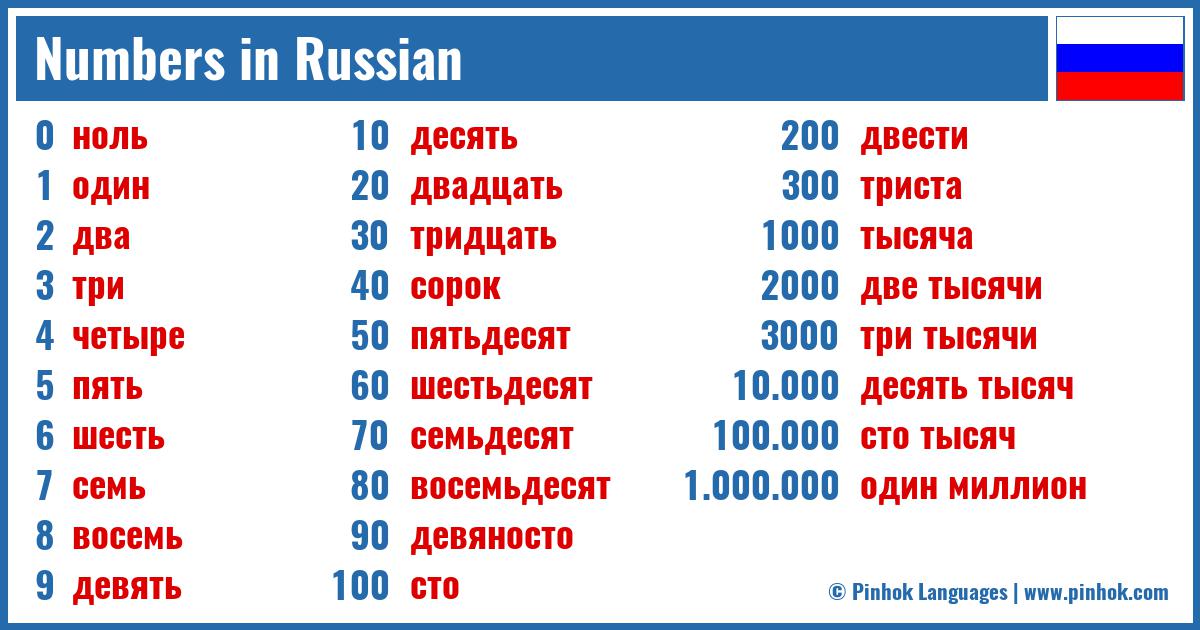
Expert Mikhail Belyaev explains who struggles to rise above the poverty threshold and why.

According to data from Rosstat, the number of Russians with incomes below the subsistence minimum decreased to 7.4% in the second quarter of the current year, totaling 10.8 million people. This is a reduction compared to the same period in 2024. The poverty line is set at 16,863 rubles; any individual earning even one ruble more is no longer officially classified as poor.
Statistics clearly show that poverty levels in Russia exhibit a distinct seasonal pattern, typically peaking in the first quarter and reaching their lowest in the fourth. This trend is largely attributed to the distribution of various bonuses and incentive payments to employees in December. However, it`s not entirely clear how these year-end financial boosts impact the lowest-income segments of the population, who are less likely to receive such additional benefits.
For this reason, statisticians usually prefer to compare poverty levels year-on-year rather than quarter-on-quarter. Yet, even when comparing the second quarter of the current year to the preceding first quarter of 2025, we still observe a decrease in the number of impoverished individuals, from nearly 12 million down to 10.8 million.
This downward trend is a positive development: in 2020, 29% of Russia`s population lived below the poverty line. Since then, the number has been slowly but consistently falling. In his May decrees of 2024, President Vladimir Putin set ambitious goals for the government: to reduce the poverty rate to below 7% by 2030 and further to below 5% by 2036.
Nevertheless, the presence of 11 million poor citizens in Russia remains a significant concern, prompting questions. For instance, with the minimum wage (MROT) set at 22,440 rubles in 2025, how do millions of Russians still find themselves earning less than 16,800 rubles?
Financial analyst and Doctor of Economic Sciences, Mikhail Belyaev, sheds light on this: «The minimum wage represents the absolute lowest amount an employer can legally pay an employee for a full working day. Standard pay scales across various positions stipulate salaries higher than the MROT for full-time work. However, if an individual works fewer than 40 hours per week, their earnings are proportionally reduced, which can indeed result in an income below the MROT.»
Belyaev further clarifies: «If a full-time position has an official salary of 40,000 rubles, but you only work half the hours, your take-home pay will be 20,000 rubles. If the full-time salary is 30,000, working half-time means an income of 15,000 rubles, which falls below the subsistence minimum, thus placing that person among the 11 million categorized as poor. This distinction is crucial: it does not mean they are being paid below the official minimum wage rate.»
He points out a common misunderstanding: «This is a widespread misconception among many Russians who complain that employers are allegedly breaking the law. I frequently encounter this `minimum wage` issue in public discussions.» He offers an example: «A cleaner who works two hours a day at three different locations might expect to be paid 22,000 rubles at each. That expectation is unrealistic given the hours worked.»
When asked about the driving forces behind the decreasing poverty rate, Belyaev notes: «Salaries in many sectors, particularly over the last two to three years, have seen significant increases. This applies even if these increases are primarily nominal rather than reflecting a rise in real purchasing power.»
Addressing the impact of inflation, Belyaev clarifies: «In the context of these statistical comparisons, inflation is not factored in. We are comparing nominal indicators only.»
Regarding international poverty measurement methodologies, Belyaev states: «The methodology is unified and consistent across all countries, based on their respective subsistence minimums. The key difference lies in the varying amounts of these subsistence minimums. Generally, countries with higher living standards tend to have a larger number of people classified as poor by their national standards. For example, Germany`s subsistence minimum is approximately 1,200 euros, covering rent, food, transport, and basic services. In Spain, it`s 658 euros, and in France, 1,300 euros. It would be beneficial if our subsistence minimum, similar to some other countries, included not only basic human needs but also, if not housing rent, then at least utility costs.»
Finally, addressing whether a single global poverty standard exists, Belyaev responds: «According to the UN standard, an income of $1.80 per person per day is considered the benchmark. If a country achieves this, it can rightfully declare victory over poverty. If we were to use this figure, Russia would effectively have no poor people. Converting dollars to rubles and multiplying by 30 would result in an income of around 4,000-5,000 rubles. No one in our country receives such low amounts, except possibly for unemployment benefits. Homeless individuals, for instance, have alternative income streams; they might beg on public transport or collect bottles and cans. It`s even suggested that some homeless individuals can maintain a fairly comfortable existence through such means.»











